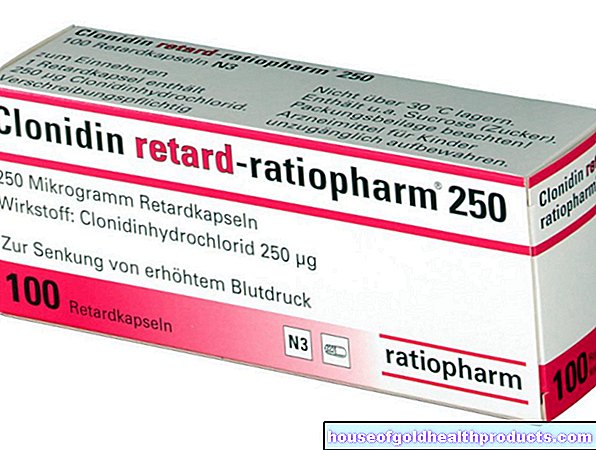Seniors - stay fit with rehab
All content is checked by medical journalists.
Not a one-way street
Even in old age, things don't always have to go downhill. Those who exercise as much as possible within their means can achieve noticeable improvements.
Strokes or falls with broken bones deprive many elderly people of their mobility, at least temporarily. Even a short period of inactivity has a negative effect on the body and mind, especially at an advanced age.The elderly are threatened with permanent dependence on support and care.
But a sudden, serious illness does not have to mean the end of an independent life at home. Rehabilitation can help find the way out of the dreaded one-way street from the hospital straight to the nursing home. The aim is to live an independent life, possibly with the support of outpatient care services.
Maintain independence
For people who are still working, rehabilitation is primarily intended to enable them to return to their original job. With increasing age, however, the goals shift. Now it is a matter of regaining, improving or maintaining independent life in your own four walls (everyday skills). The need for long-term care should be reduced or prevented.
Rehabilitation options
Inpatient rehabilitation in a geriatric rehabilitation clinic often takes three to four weeks. Geriatric rehabilitation is also possible on a day-care basis in a day clinic. A prerequisite, however, is that home care is ensured at night and on weekends.
In addition, the seniors must be able to reach the day clinic or an outpatient rehabilitation center close to where they live, with the help of relatives or an organized pick-up and delivery service. Outpatient rehabilitation is usually limited to 20 treatment days. If the specified treatment goal is not achieved during this time, you can apply for an extension to the insurance company during the rehab.
The way to rehab
The earlier the rehabilitation begins, for example after a stroke, the more success it promises. Before you choose a rehab facility, you need to obtain a commitment from your health insurance company. Usually the attending physician made an application at the hospital.
Rehabilitation applications from resident doctors or after an assessment by the medical service of the health insurance funds (MDK) are also possible. Medicproof does this for private long-term care insurance. The hospital's social services, health insurance or special internet portals can help you choose a suitable rehabilitation facility.
Rehabilitation is worthwhile:
- Eight weeks of training on fitness equipment can measurably increase muscle strength even in 65 to 95 year olds. *
- Trained study participants also reacted less anxiously to new challenges.
- A year later, the seniors with fitness training showed better memory retention.
Therapy team
The average age of patients in geriatric rehabilitation is around 80 years. In addition to the main illness, patients almost always have additional conditions that require treatment. This colorful hodgepodge of different health disorders is faced with an equally diverse treatment team: Doctors, nurses, physiotherapists, occupational therapists, speech therapists, social pedagogues, psychologists and nutritionists work hand in hand.
After the first few days of rehabilitation treatment, the specific goals for each individual rehabilitation patient are set (geriatric assessment): This means that the practitioner is less based on the diagnosis than on the existing impairments. All members of the treatment team report on the disabilities and problems they have discovered in their area. The rehabilitation potential is determined together and checked in weekly meetings whether the goals can be achieved.
Motivation - the alpha and omega
Sometimes the rehabilitation goals need to be corrected. The symptoms do not always improve as previously hoped. But even small successes have to be celebrated! Especially with slow healing processes, the will to recover and a positive future perspective are crucial for the patient. This can mean: "I will no longer get well, but I have a chance to live in my own four walls again." One of the therapeutic goals is therefore to learn to live with existing disabilities. This is called self-help training in nursing jargon.
Preparation for home
During therapy, physiotherapists and occupational therapists provide the patient with individually adapted aids as much as necessary. The therapists also familiarize the relatives with the disabilities and aids such as a wheelchair or walker.
Occupational therapists or social pedagogues accompany the patient once to his home. They check whether certain aids could make life easier in the apartment or whether renovations are necessary (apartment adaptation). However, this local appointment can also reveal that a return to the current home environment involves excessive security risks.
In good time before discharge, an outpatient safety net is knitted to ensure adequate medical, nursing and household care at home.
Don't let up
Relatives play a very important role. Recognition and encouragement strengthen motivation and self-confidence beyond the rehabilitation stay. In order for the rehabilitation goals achieved to endure in the long term, the exercises learned must also become an integral part of the daily routine afterwards.
Physiotherapists, for example, should check this independent follow-up therapy at longer intervals.
Tags: smoking hospital menopause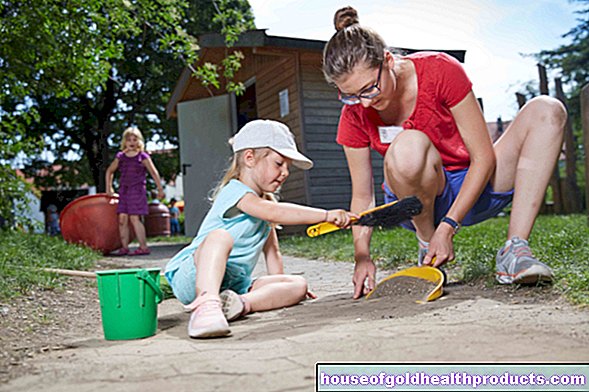
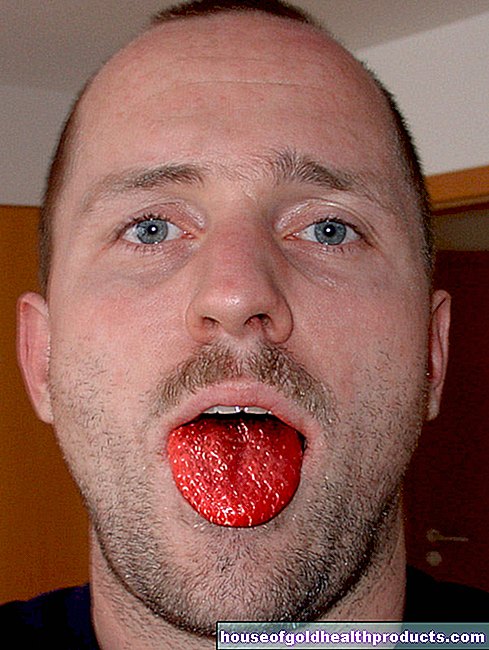


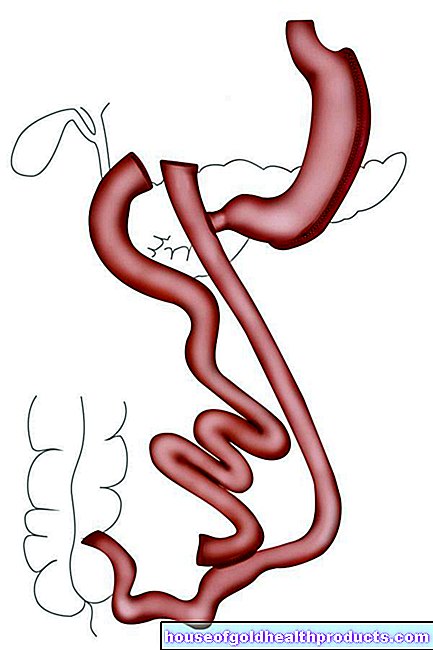










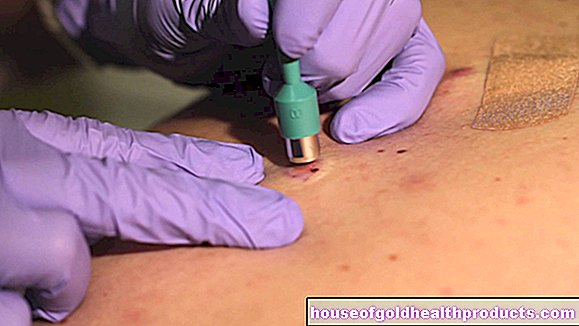





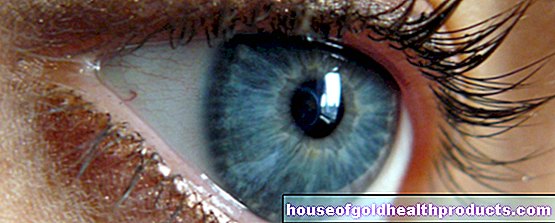


-kastanienmnnchen-und-perlenschweine.jpg)
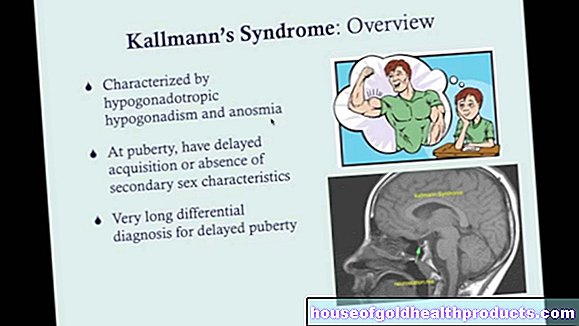
.jpg)


